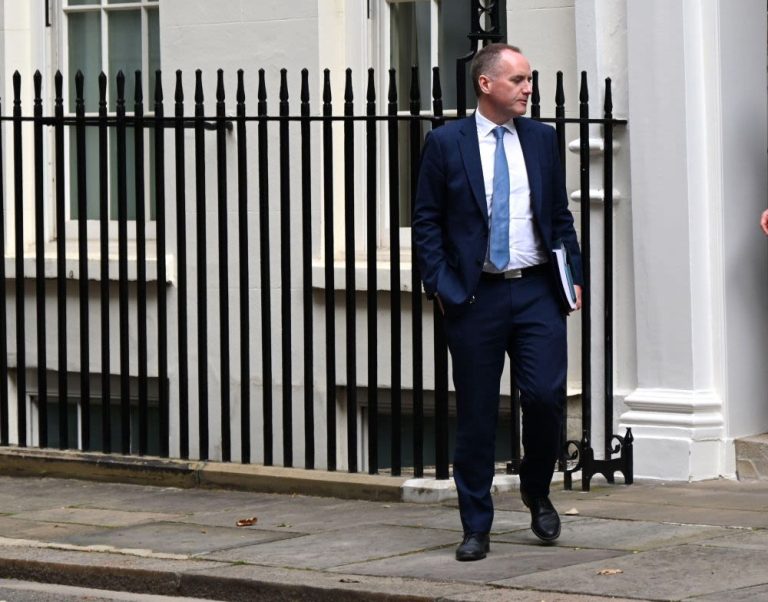
On Tuesday, American tech stocks suffered a sharp sell-off after legendary hedge fund manager Michael Burry revealed a massive $1.1 billion wager against two of the hottest names in artificial intelligence—Palantir and Nvidia. Burry, famed for predicting the 2007–08 housing crash in Michael Lewis’s The Big Short, resurfaced on social media with a simple yet ominous message: “These aren’t the charts you are looking for. You can go about your business.”
Burry’s Bet: Short Palantir and Nvidia
Scion Asset Management, Burry’s investment firm, disclosed positions that include:
In tandem, Burry also added fresh long positions in more traditional sectors, putting capital into Pfizer and Halliburton—moves that underscored his skepticism about runaway tech valuations and a desire to diversify into defensive, income-generating assets.
Parallels with Past Bubbles
Burry’s decision draws clear parallels between today’s AI hype and two infamous market manias:
In each case, Burry’s prescience stemmed from deep fundamental research and strict valuation discipline. Now, he warns that the extraordinary multiples commanded by AI-driven firms may be equally unsustainable.
Market Reaction and CEO Backlash
News of Burry’s shorts immediately rattled investors. Ahead of Tuesday’s opening bell:
Palantir’s outspoken CEO, Alex Karp—whose own stake has soared—called Burry’s wager “bat-shit crazy” on CNBC, arguing that both companies continue to reap massive profits and justify their lofty valuations.
Underlying Rationale: Slowing Cloud Demand vs. AI Capex
In a series of posts on X (formerly Twitter), Burry highlighted a disconnect between two key trends:
He suggested this imbalance could lead to overcapacity, margin compression and, ultimately, a reversal of investor euphoria.
Systemic Risks in a Concentrated Market
The S&P 500 is now dominated by a handful of mega-cap tech names—often dubbed the “Magnificent Seven”—creating index concentrations not seen in over a century. On Tuesday:
Such concentration raises the stakes: if one or two giants stumble, broad market indices could face outsized volatility.
Burry’s Return to Public View
Michael Burry, who has largely avoided the spotlight since selling his housing shorts, reemerges at a critical juncture. His track record of profitable contrarian bets adds weight to today’s warnings, even as many remain bullish on AI’s transformative potential. By voicing caution, he reminds investors that high growth alone does not guarantee sustainable returns.
Lessons for Investors
For portfolio managers and retail traders alike, Burry’s move offers several takeaways:
Whether Burry’s call proves timely or premature, his strategy underscores the importance of grounding investment decisions in rigorous analysis rather than pure momentum.
Looking Ahead
As Q4 earnings reports roll in and AI firms report capex plans, markets will test Burry’s thesis. Will cloud demand pick up, justifying elevated GPU deployments? Or will oversupply and economic pressures trigger a broader correction? Investors must stay alert, balancing the excitement of technological breakthroughs with sober assessments of value and risk.





